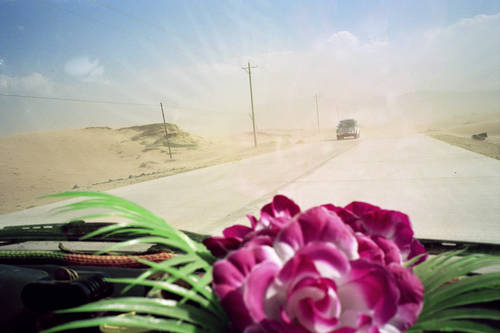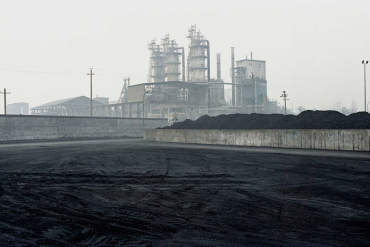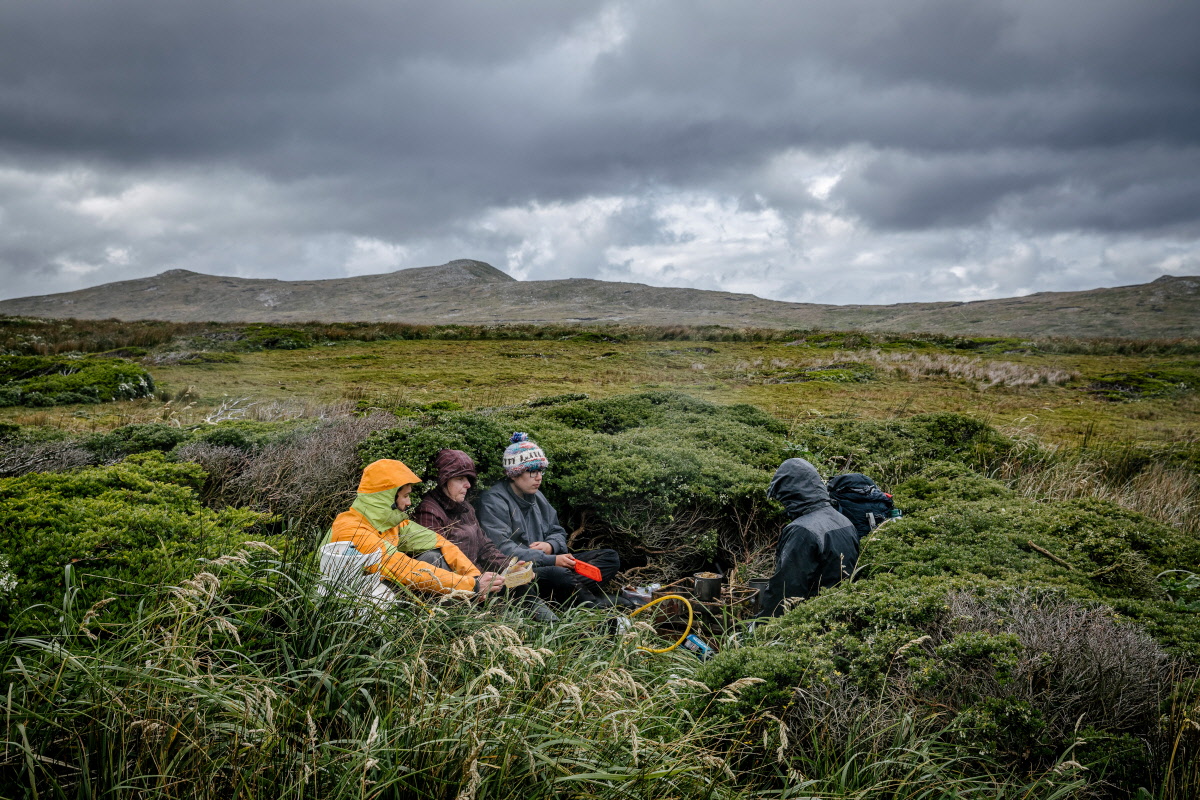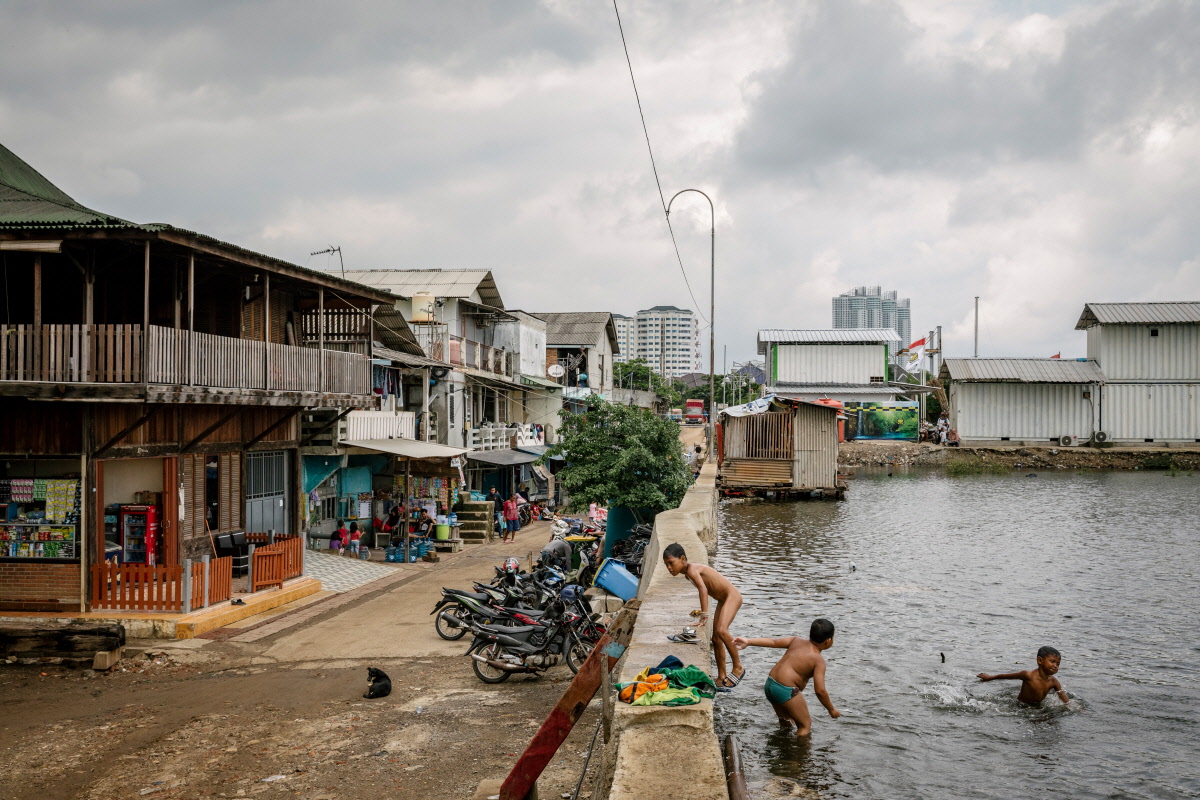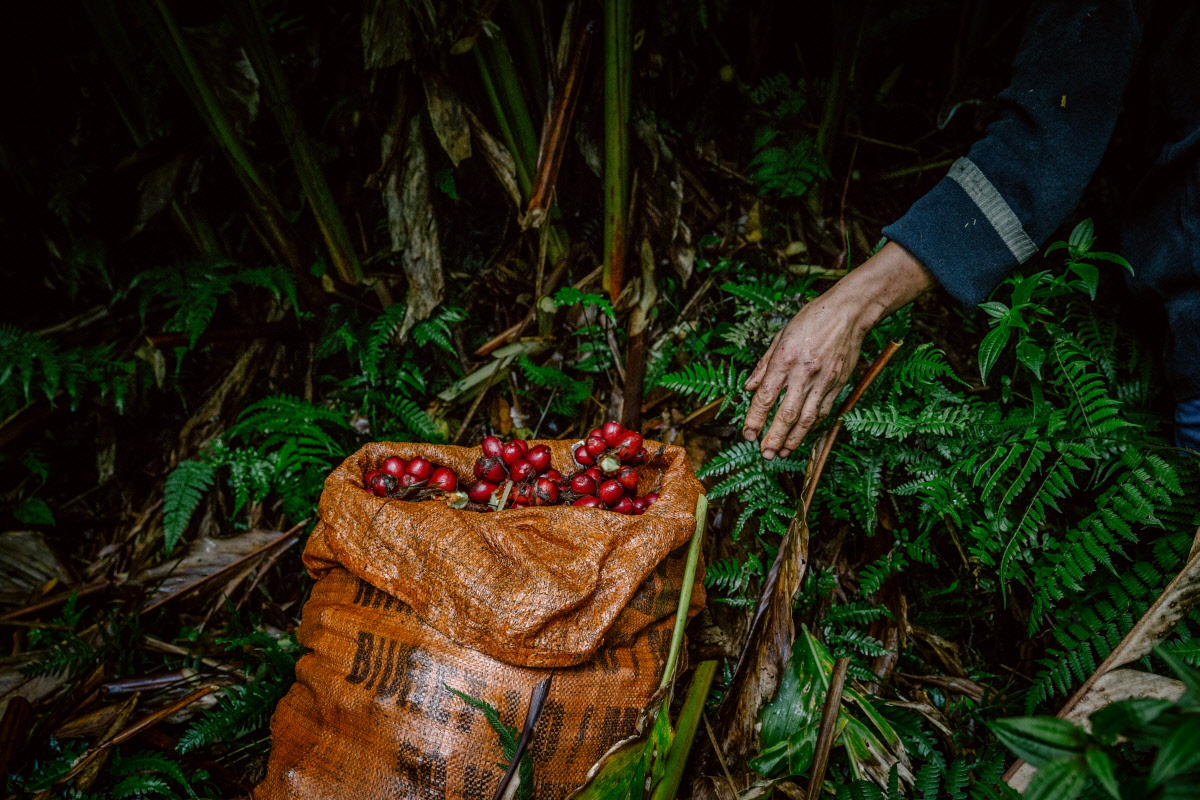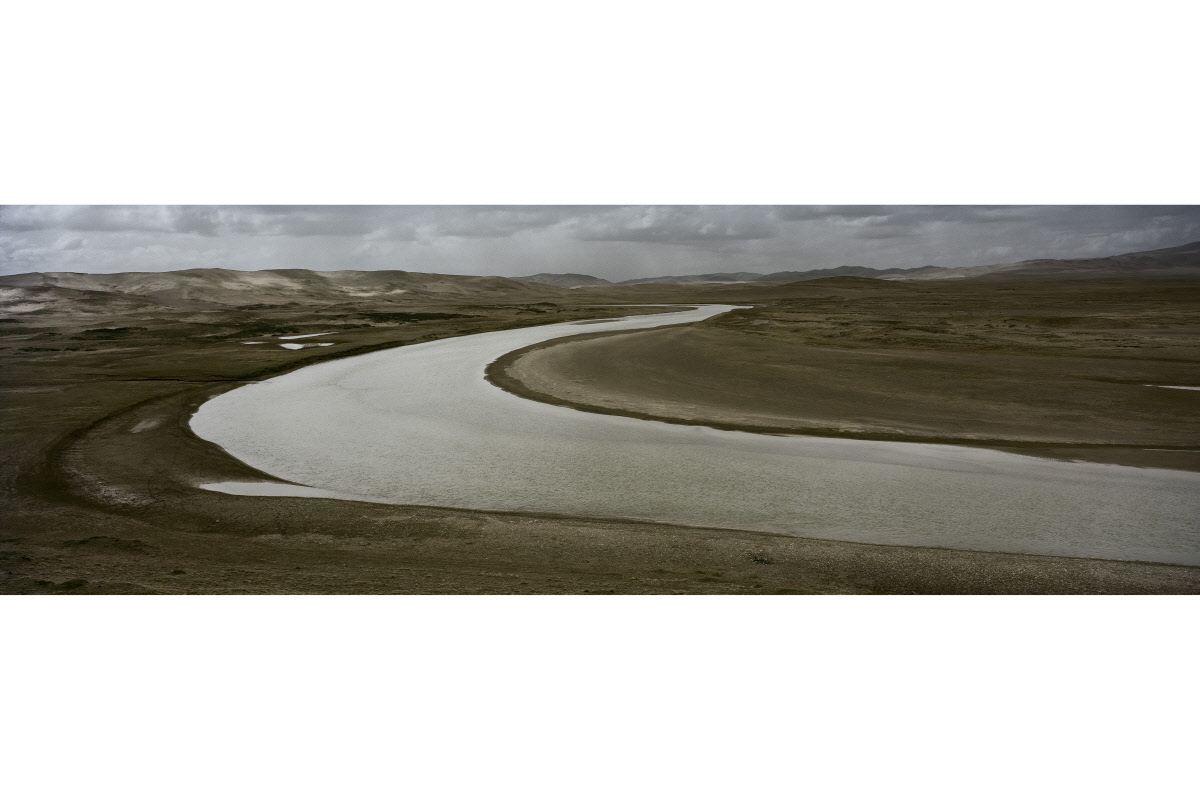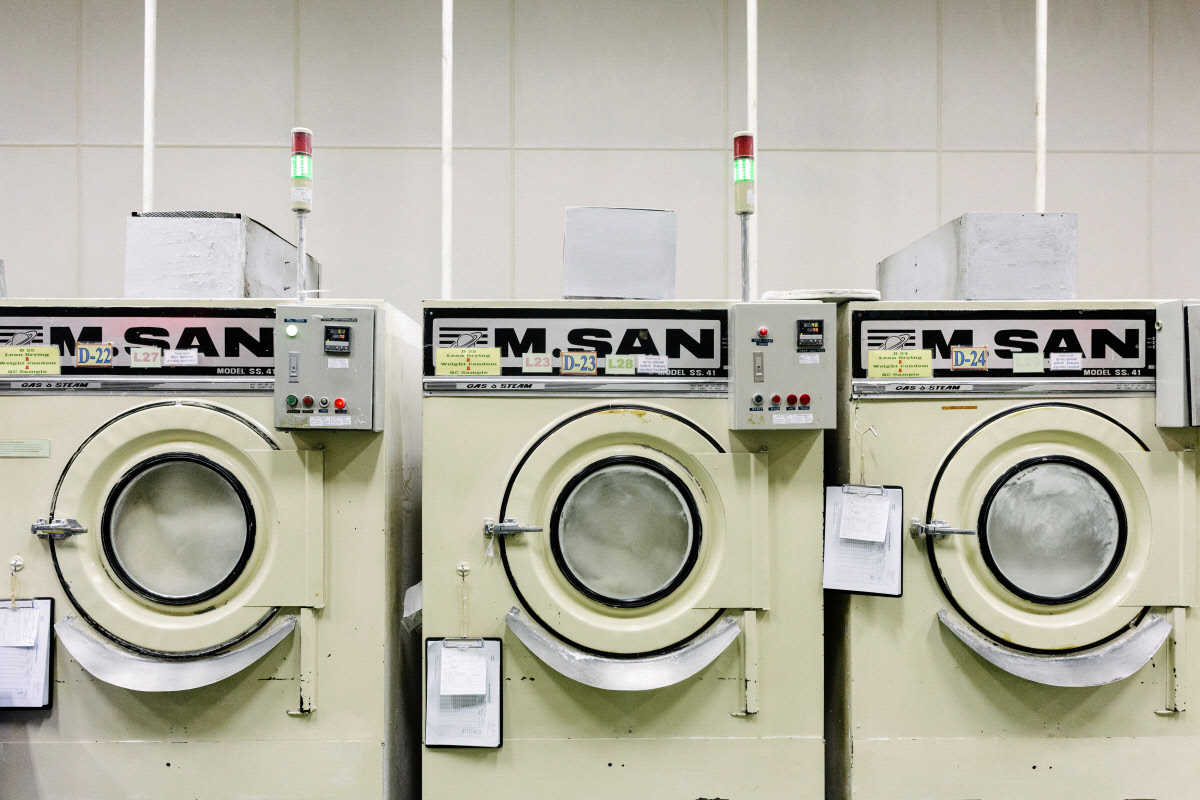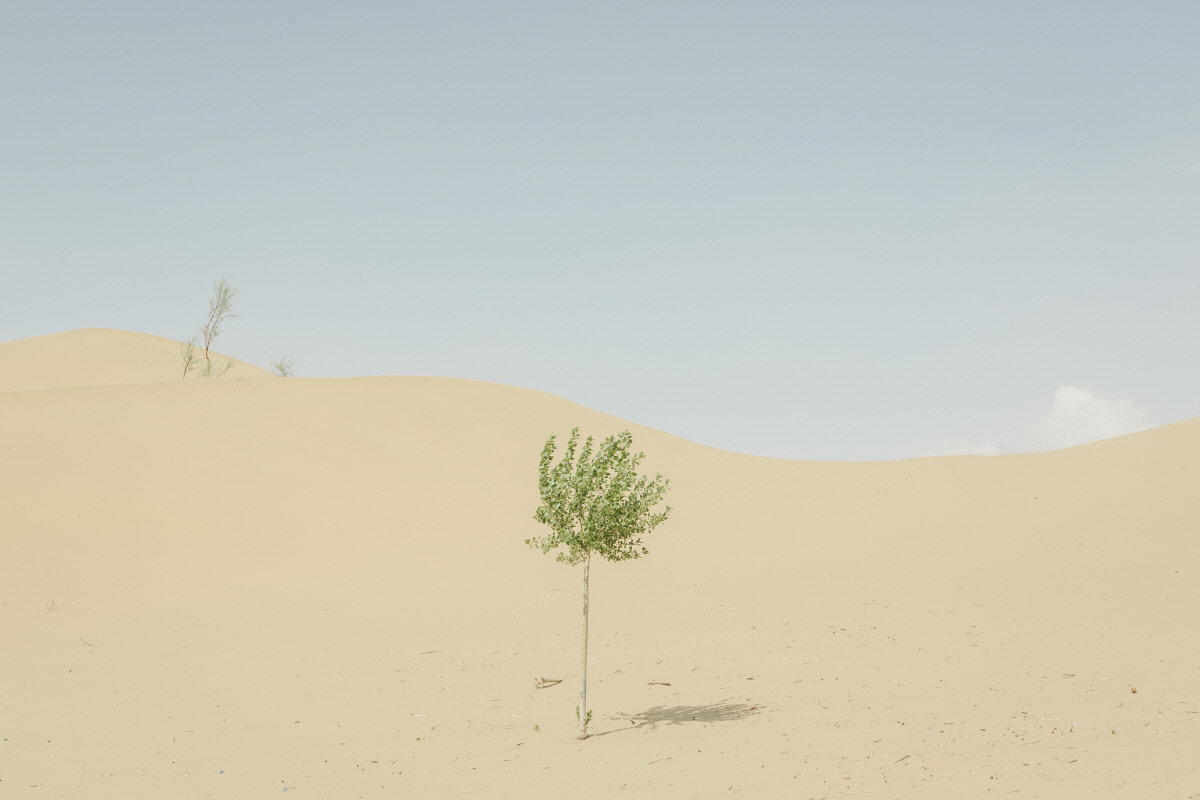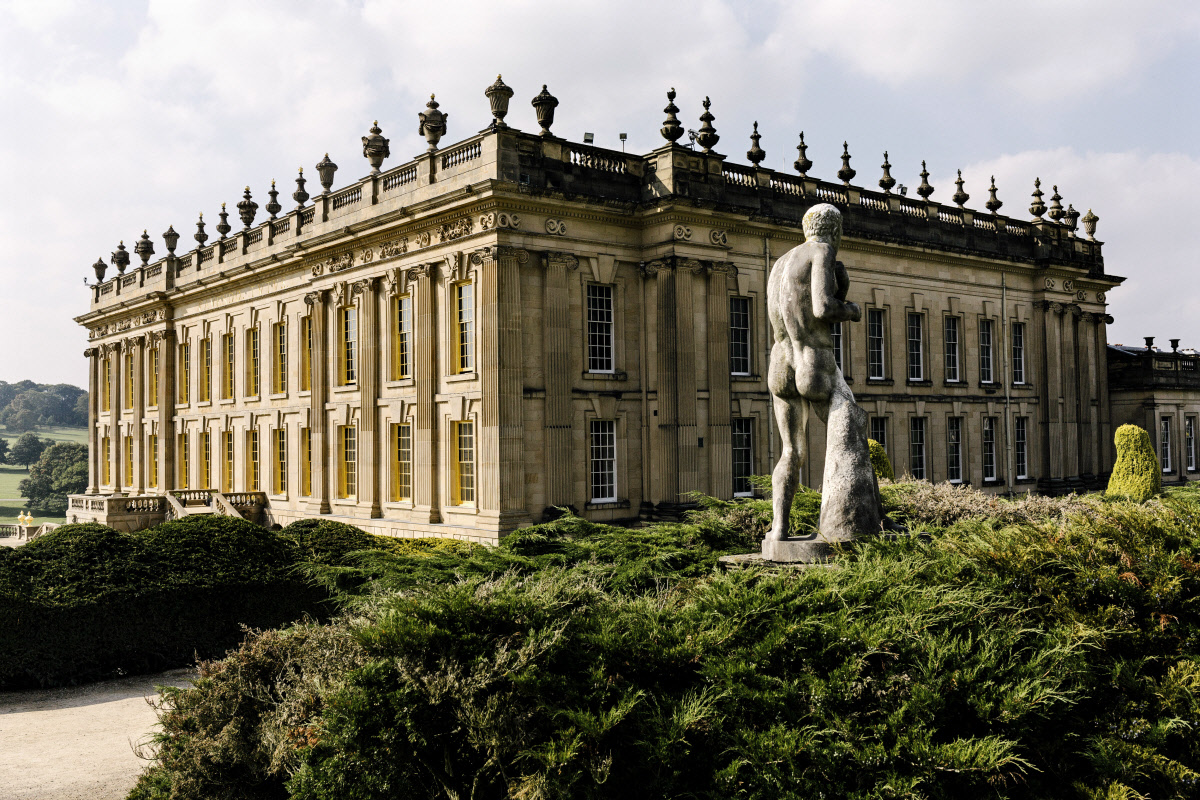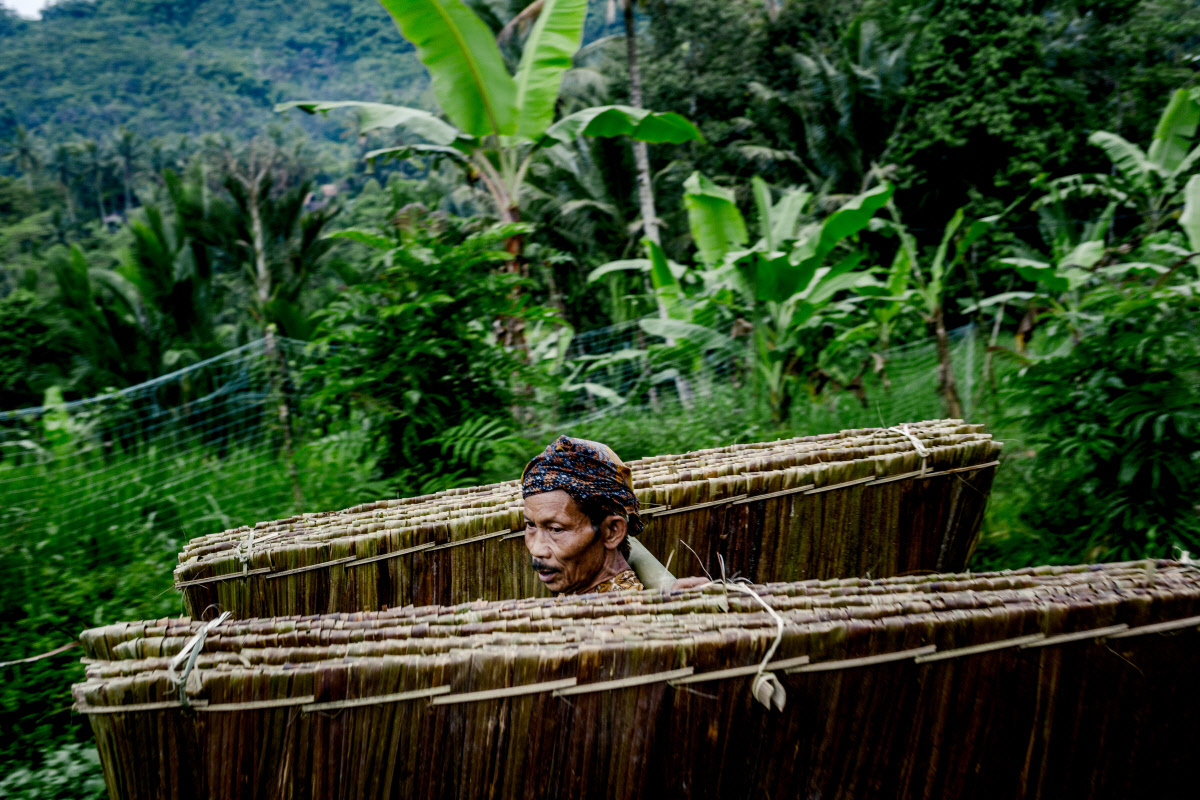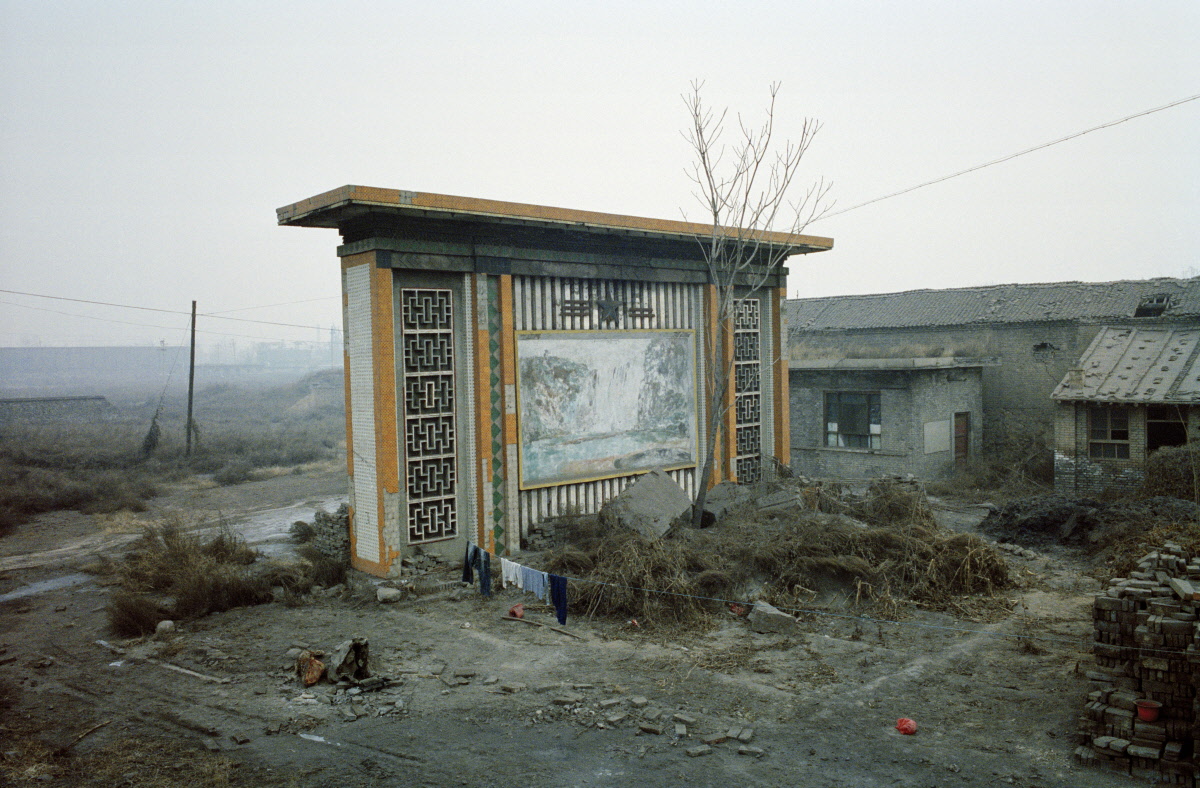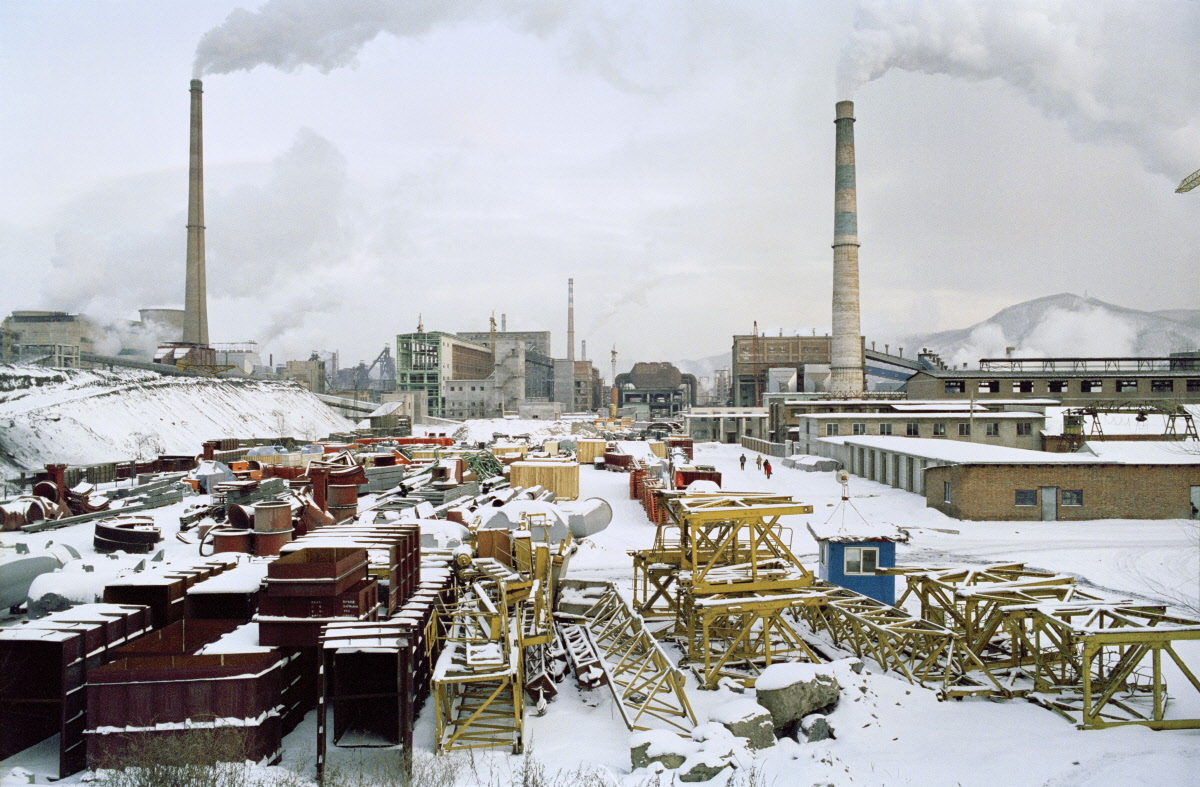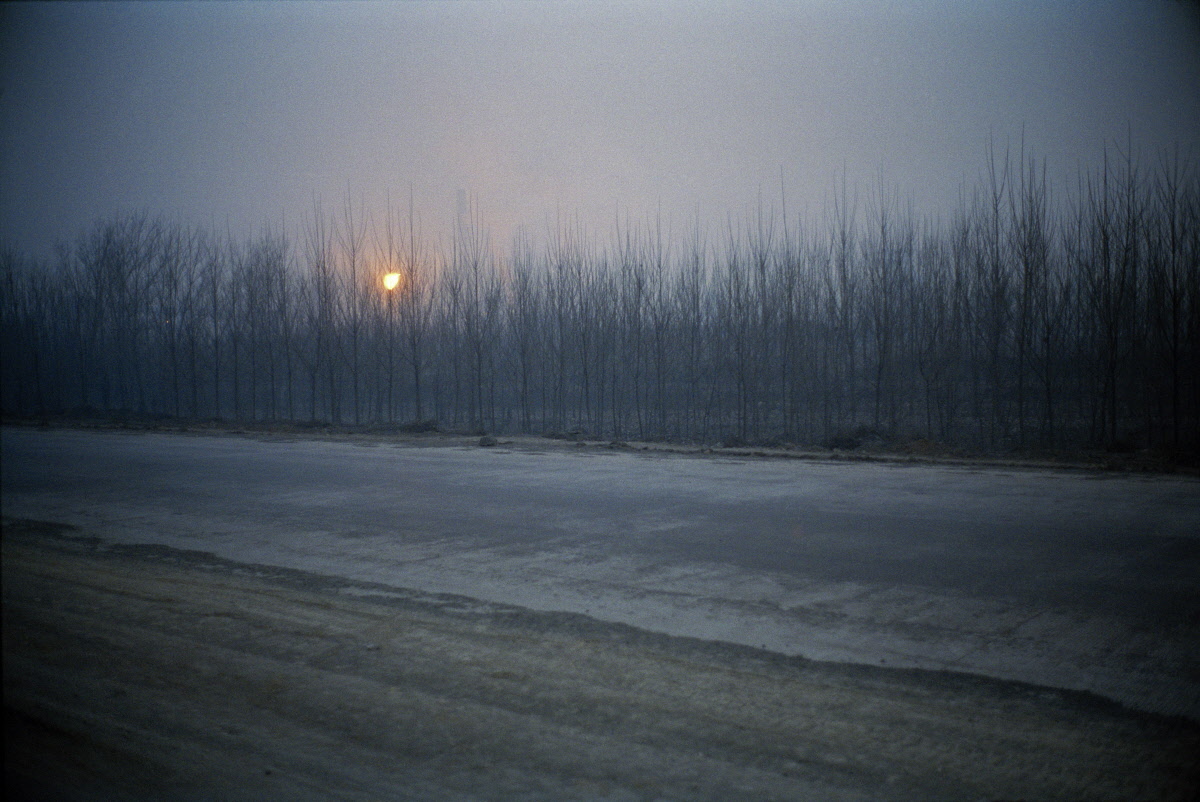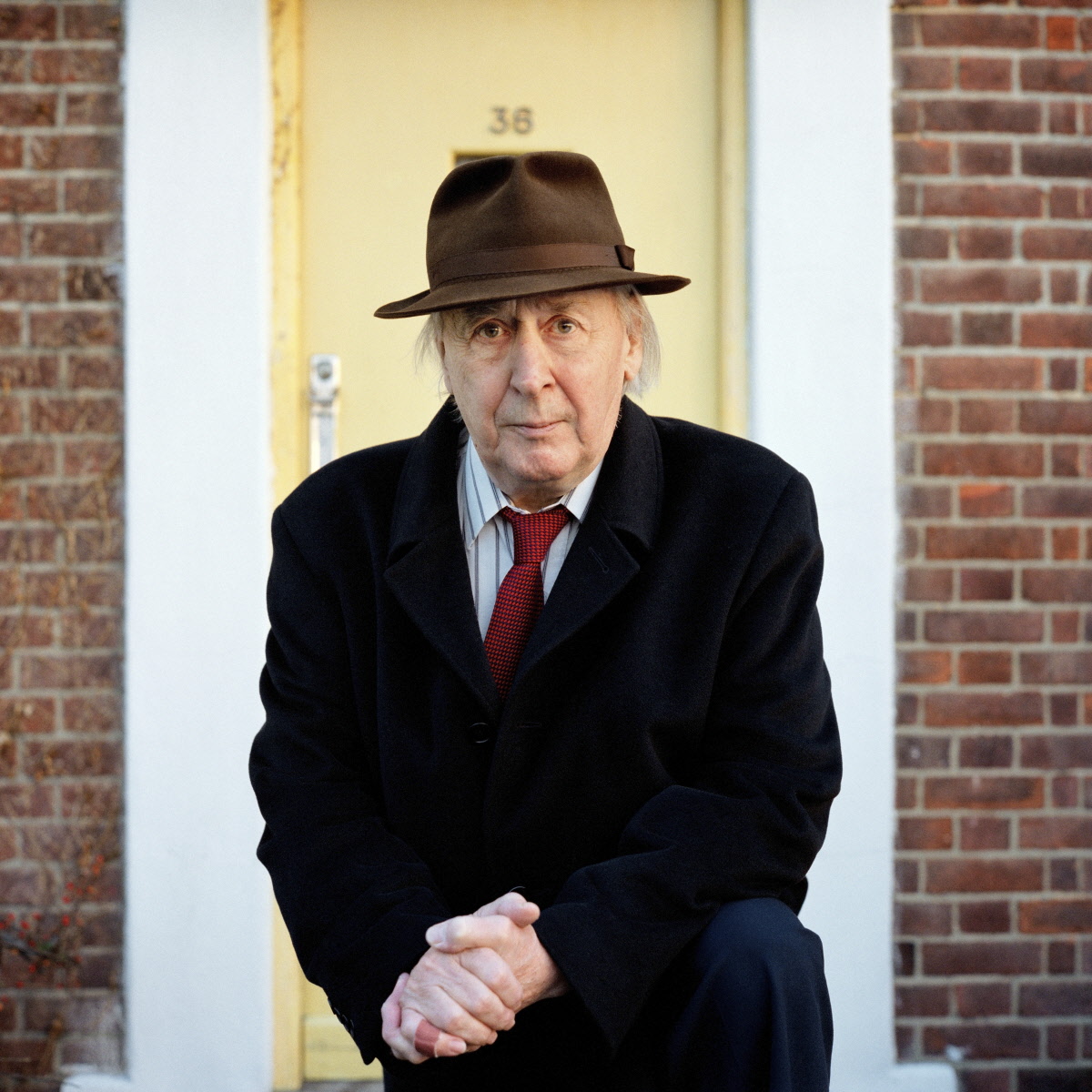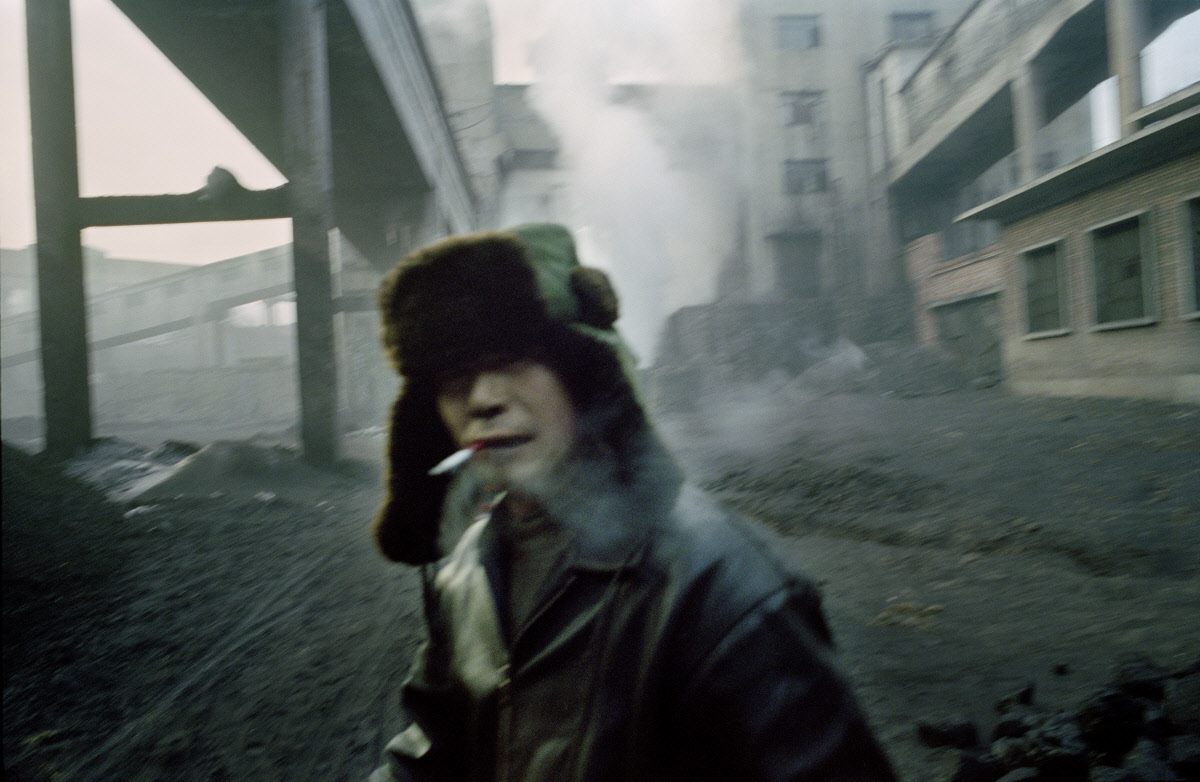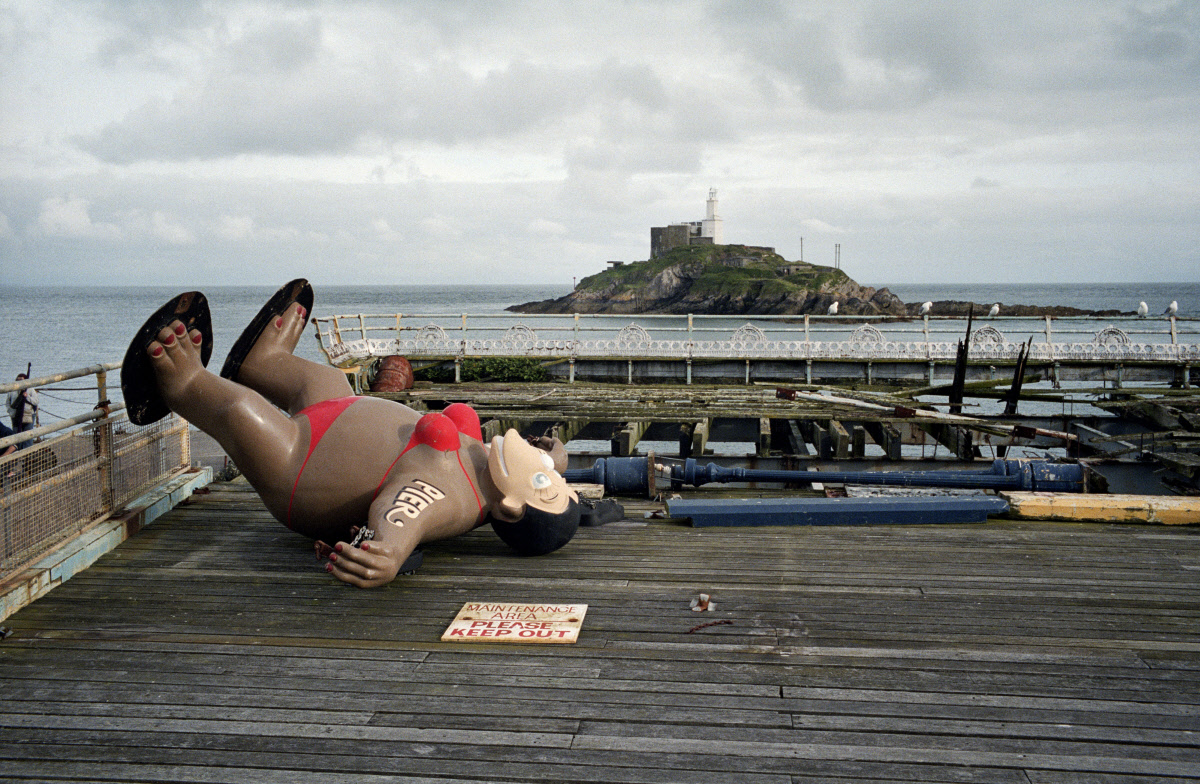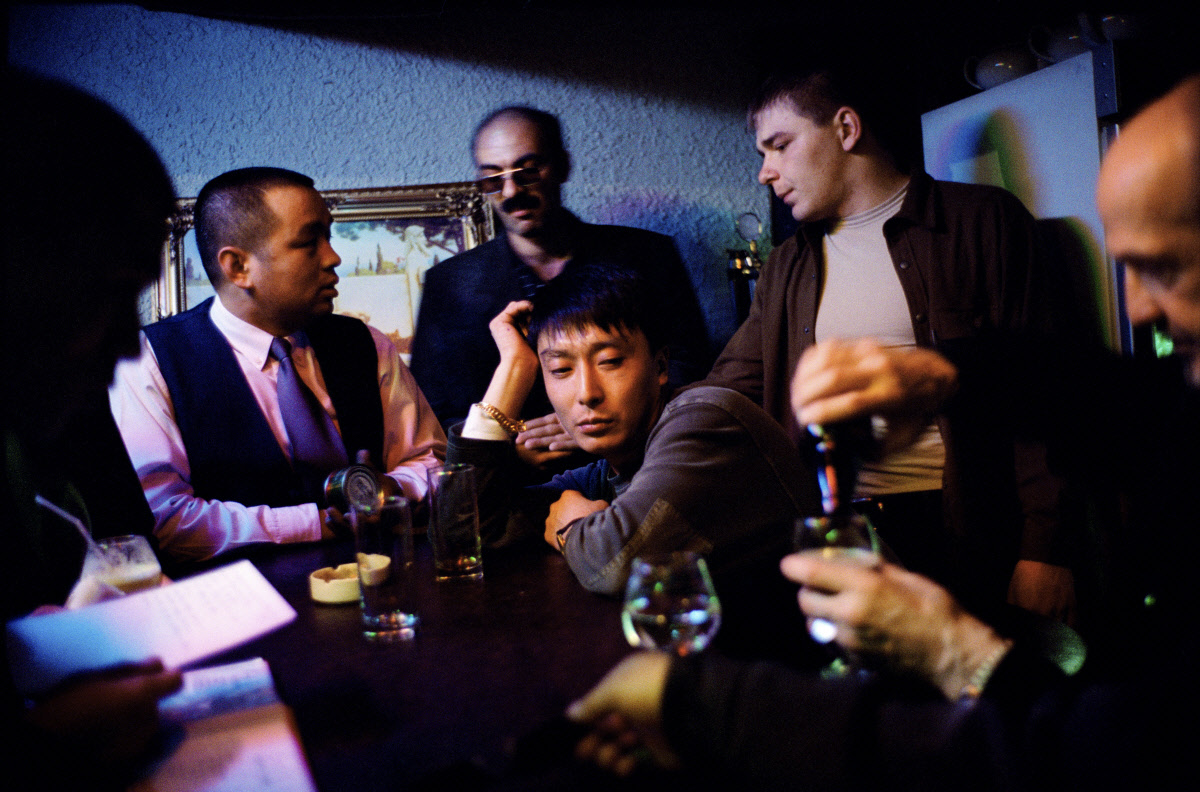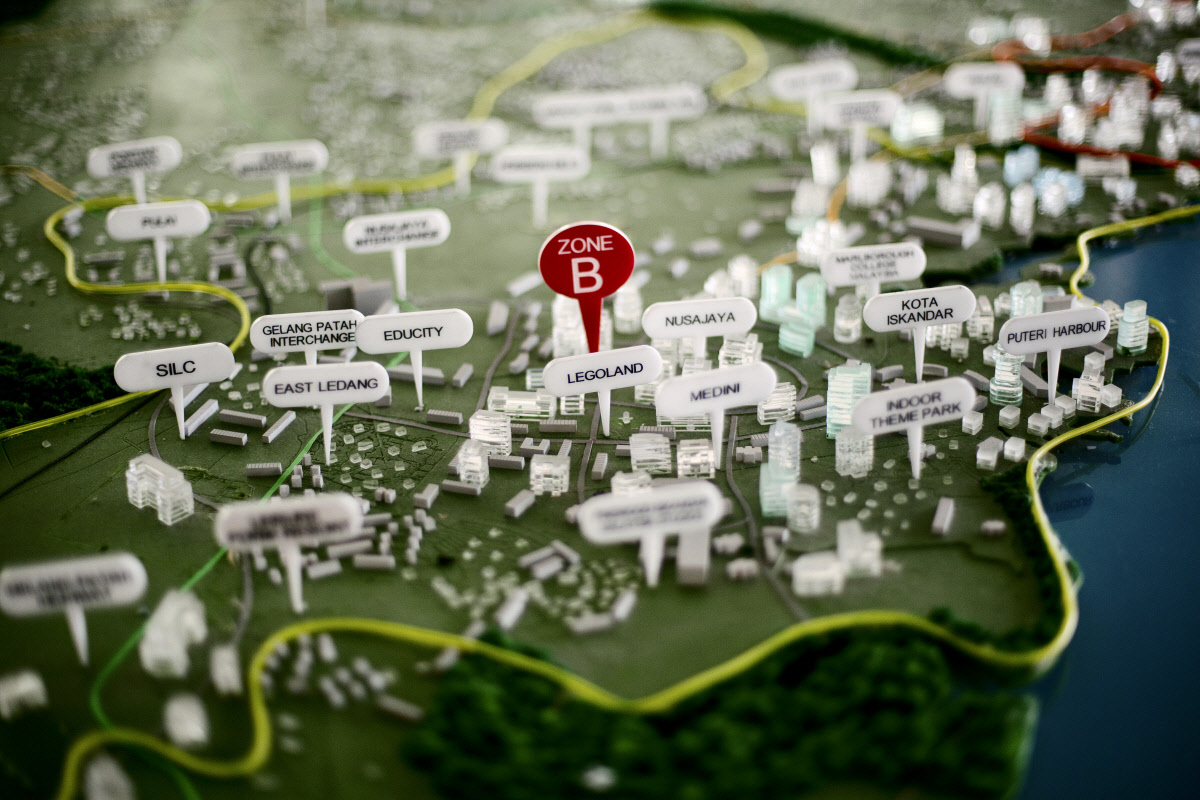Biography
British, 1971
Ian Teh has published three monographs, Undercurrents (2008), Traces (2011) and Confluence (2014). His work is part of the permanent collection at the Los Angeles County Museum of Art (LACMA), The Museum of Fine Arts, Houston (MFAH) and the Hood Museum in the USA. Selected solo shows include the Jack Shainman Gallery in New York in 2004, Flowers in London in 2011 and the Kunsthal Museum in Rotterdam in 2012.
Ian has received several honours, including the Abigail Cohen Fellowship in Documentary Photography in 2014 and the Emergency Fund from the Magnum Foundation in 2011. In 2013, he was selected by the Open Society Foundations to exhibit in New York at the Moving Walls Exhibition. In 2015, during the COP21 Paris climate talks, large poster images of his work were displayed on the streets of Paris as part of a collaborative initiative by #Dysturb and the Magnum Foundation.
Ian is one of the co-exhibitors of an environmental group show of internationally acclaimed photographers - Coal + Ice - curated by Magnum photographer Susan Meiselas. It was recently exhibited at the Official Residence of the US Ambassador to France during COP21 and was also shown in Shanghai.
Ian’s work has been published internationally in distinguished magazines such as TIME, The New Yorker, GEO and Granta. Since 2013, he has exhibited as well as conducted masterclasses at Obscura Festival of Photography, Malaysia’s premier photo festival. In 2014 he gave a masterclass during the Angkor Photo Festival in Siem Reap, Cambodia.
That Sinking Feeling Indonesia is no stranger to natural disaster, from earthquakes to forest fires and tsunamis.
High up in Vietnam’s Hoang Lien Son mountain range, in the shadow of Fansipan, the country’s highest peak, an unusual crop has been cultivated since the 1990s.
What is the difference, nutritionally speaking, between a juicy piece of beef tenderloin and a rat’s hindquarters.
The Tibetan Plateau spans an area five times the size of Spain and has an average elevation of 4500 metres.
Australian healthcare company Ansell is the world’s second biggest condom manufacturer and its Thai factory, based in the southern city of Surat Thani, is its most productive site, churning out over 1 billion units a year.
Almost a fifth of China is desert and the deserts have been encroaching on farmland, towns and villages at a rate of almost 2,500 square kilometres per year, making vast tracts of the interior unusable and uninhabitable.
Almost 200 years after the death of the famous writer, Jane Austen continues to enthral enthusiasts from around the world who flock in their thousands to the many locations, both real and fictional, that are forever linked to Austen and her works.
In Linfen, the most polluted city on earth, the smog is so thick that it seems to consume its source.
In Jilin province, at the heart of China’s industrial rust belt, a new coal power station is under construction.
A thick layer of grey ash covers the surface of the roads leading to an industrial site.
The Three Gorges Dam project, first conceived by Mao in the 1970s and due for completion in 2006, is an extraordinary feat of engineering.
It’s almost midnight in Dalston, an up and coming area of East London, as we arrive at Die Freche Muse, a neo-burlesque club night that describes itself as ‘irreverent, decadent, sexually ambivalent and dissolute’.
This project explores the industrial hinterlands of four remote provinces in northern China: Inner Mongolia, Ningxia, Shanxi and Shaanxi.
This project is a road trip around the coastal regions of England, Wales and Scotland, which together make up an island that is the largest in Europe and the ninth largest in the world.
Every day, busloads of Russians cross into Chinese border towns like Suifenhe and Dongning to buy cheap Chinese goods.
Even by the standards of hermit regimes, Burma lives in a world of its own, a shadow of the country that was once the world’s largest rice producer.
With golf courses, marinas, hotel complexes and amusement parks mushrooming out of the ground and the waters along the the Straits of Johor, Malaysia’s watery border with Singapore, the area is being transformed into an Eldorado for the region’s investors.
For centuries, ships following the trade winds ventured into the Straits of Malacca, a narrow 805 km stretch of water between peninsular Malaysia and the Indonesian island of Sumatra.

